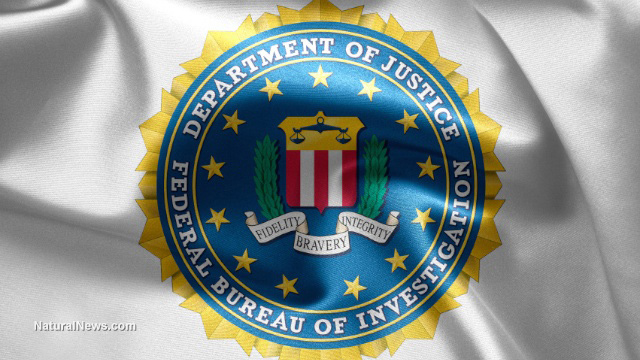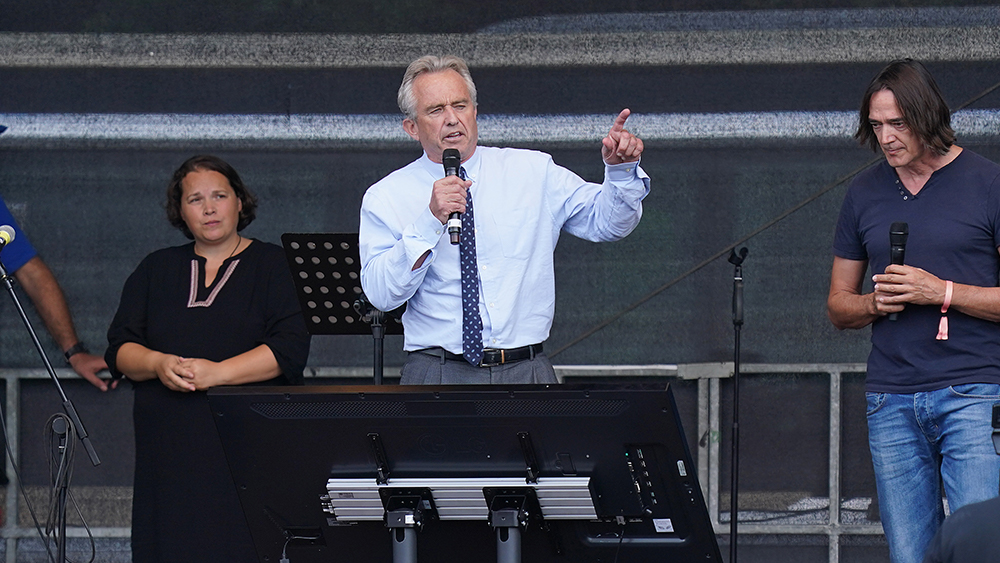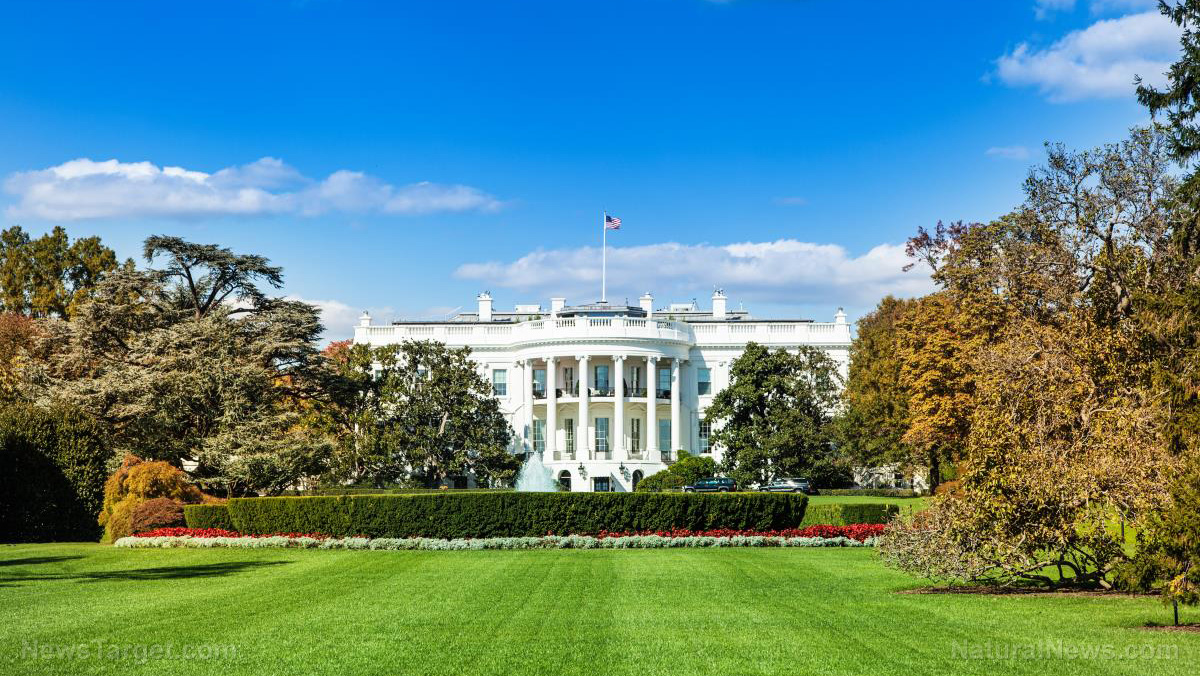
(Article by Lee Smith republished from TheEpochTimes.com)
But the newly released court documents suggest the FBI may have helped shape the anti-Trump plot at its origins.
The affidavits are the latest revelation to come from the ongoing defamation suit that the owners of Alfa-Bank, Russia’s largest commercial bank, have brought against Fusion GPS, the communications firm that hired Steele to compile Trump–Russia reports on behalf of the Clinton campaign. In one of Steele’s memos, Alfa-Bank principals Mikhail Fridman, Petr Aven, and German Khan are alleged to have engaged in corrupt practices.
Steele claims that this report and the others are sourced to a Russian national he hired, Igor Danchenko, who, in turn, says his information came from a network of Russia-based sources. The affidavits filed this week were sworn by five Russian nationals who say Danchenko’s allegations that they served as sources for Steele’s reporting are false.
This may put Danchenko in a bind. Finding himself at the mercy of angry billionaires who are eager to clear their names and the reputation of their business, Danchenko’s clearest path out of financial and legal risk may be to reveal everything he knows about the anti-Trump plot.
The affidavit signed by Russian financial journalist Ivan Vorontsov is the most significant of the five documents. Vorontsov said that he has been friends with Danchenko since 2013 and met him three times in 2016. According to him, Danchenko said that he was employed by Fusion GPS, and its co-founders, Glenn Simpson and Peter Fritsch.
This appears to contradict what Danchenko told the FBI in a January 2017 interview. According to the transcript, Danchenko “did not have any visibility into [Steele’s] end clients.” Danchenko’s attorney reaffirmed his client’s claim, “Never asked, and was never told [about final clients].”
Another section from Vorontsov’s affidavit may prove even more significant. He states that during a June 2016 reception at the U.S. ambassador’s residence in Moscow, he was “whisked away and invited to have a discussion with representatives of the FBI about Mr. Danchenko.”
Though Vorontsov does not give any more details, the FBI’s interest in him is noteworthy. According to the Department of Justice’s December 2019 inspector general’s report, the FBI claims Steele didn’t provide them with Danchenko’s name. Moreover, the FBI says it didn’t speak with Danchenko until January 2017. And yet seven months earlier, the FBI was seeking information about Danchenko from a man he named as a dossier source.
In the January 2017 interview, Danchenko told the FBI that he’d given Steele the names of some of his sources. One name he relayed to Steele has been redacted in the interview transcript and annotated as “Source 2,” which is how Vorontsov has been identified in public reporting. If, as the FBI says, Steele didn’t give them the names of his sources, how did they know to connect Danchenko to Vorontsov?
The other issue therefore raised by Vorontsov’s account is chronology. The FBI says it did not begin its investigation into the Trump team’s alleged ties to Russia until July 31, 2016. It also claims it didn’t receive dossier reports until July 5, when Steele’s FBI handler met him in London. Vorontsov’s affidavit suggests the FBI may have been active in the anti-Trump operation at least a month earlier.
June 2016 is a key period in the dossier timeline. It’s when the dossier was constructed. Fusion GPS documents and public testimony show that between October 2015 and mid-May 2016, the opposition research firm was focused on public reports of Trump’s alleged ties to organized crime figures in the former Soviet states. But within a month, Fusion GPS’s focus changed.
The first memo in the dossier is dated June 20, alleging that, according to Russian government officials, including senior intelligence officers and diplomats, Trump had been compromised by Moscow’s spy services. Indeed, Russian President Vladimir Putin’s senior advisors controlled the Trump file on behalf of Putin himself.
So why did the subject matter of Fusion GPS’s reporting swing so dramatically? Simpson and Fritsch say that’s because they brought on Steele in May. According to their account, the British ex-spy and expert in all matters Russian found that Trump’s most shocking ties weren’t with Russian organized crime figures but to Russian government officials.
The affidavits show why Steele was able to gather such remarkably in-depth and earth-shattering intelligence in only a month’s time—it was fabricated. The dossier’s shocking allegations were invented either by Danchenko, or Steele, or Fusion GPS, or more likely a combination of the three.
But that doesn’t explain why the fabric of the story changed. From May 20 to June 20, 2016, the subject morphed from organized crime to intelligence matters regarding foreign officials, in other words, a subject tailored to win the FBI a FISA warrant to spy on the Trump team. Did the FBI receive Steele’s fraudulent intelligence reports or did it help create them?
The five affidavits give more evidence that the dossier operation relied on sources upon sources—that is, cut-outs—in part to avoid the legal jeopardy that Danchenko now faces. Steele couldn’t be held accountable if he was just relaying what he heard from Danchenko, who couldn’t be blamed if his information came from other sources. The five affidavits have left Danchenko alone and exposed. And so, one important question is, if Steele hid behind Danchenko, who was hiding behind Steele?
Read more at: TheEpochTimes.com and FBICorruption.news.
Please contact us for more information.























